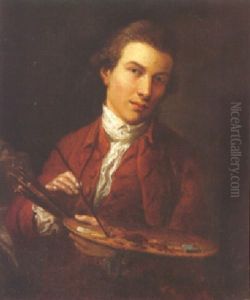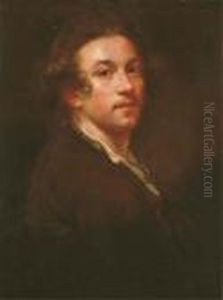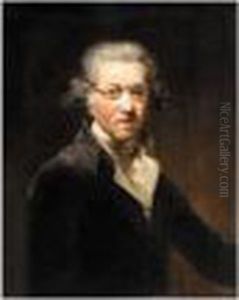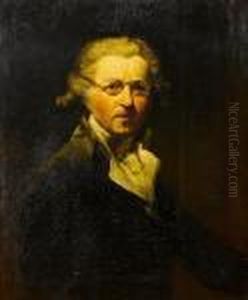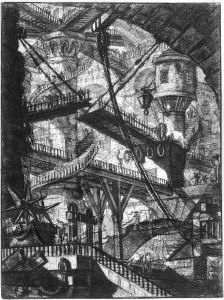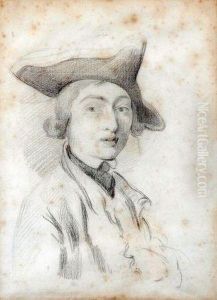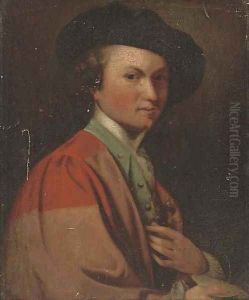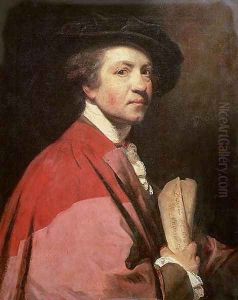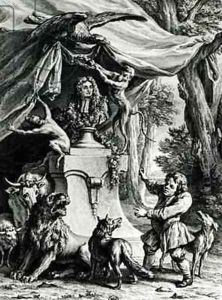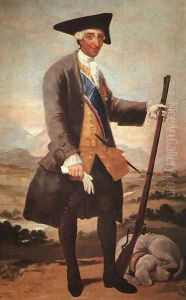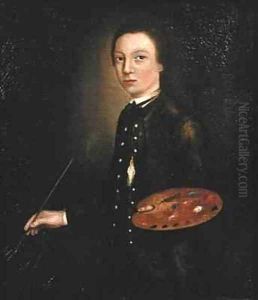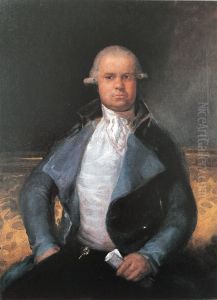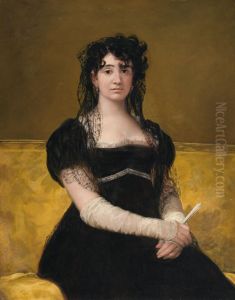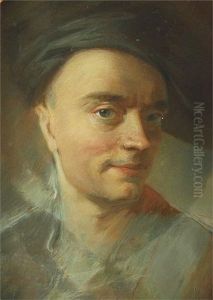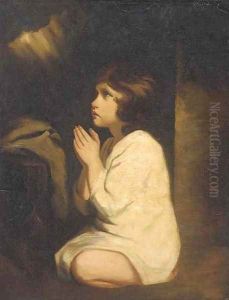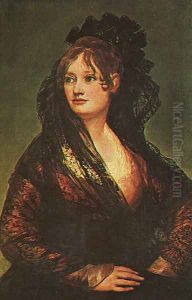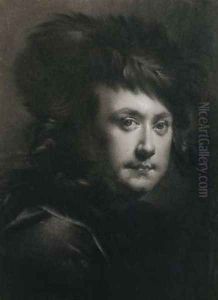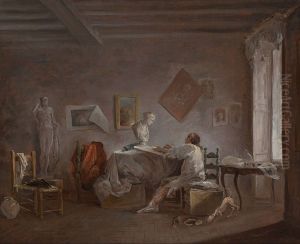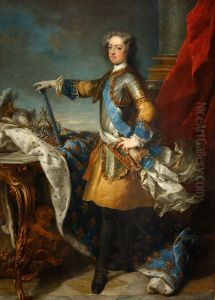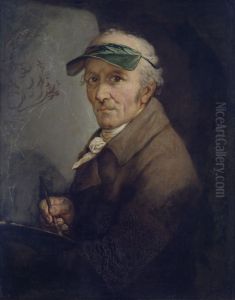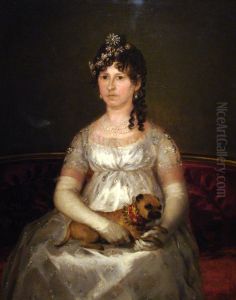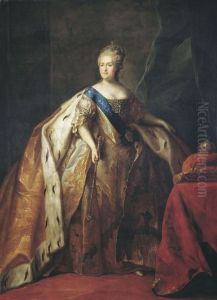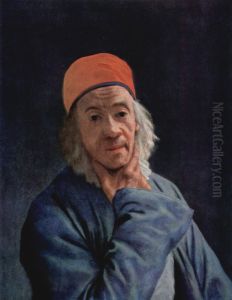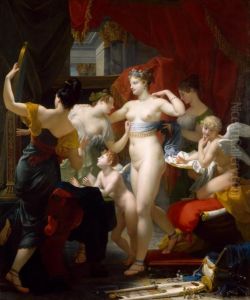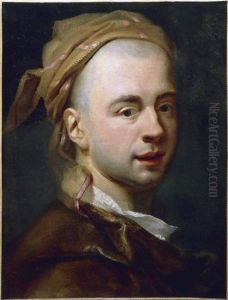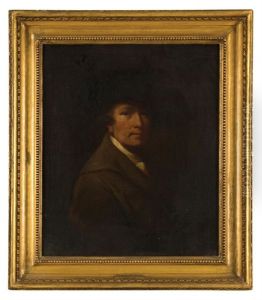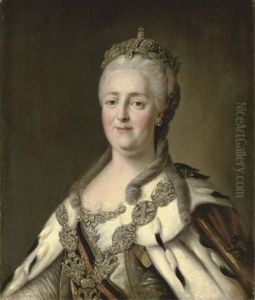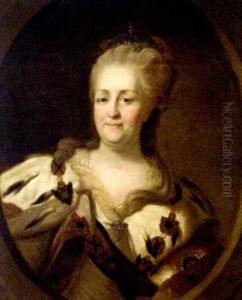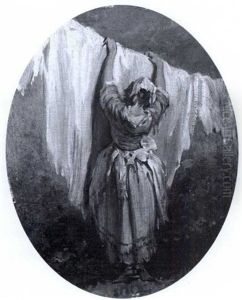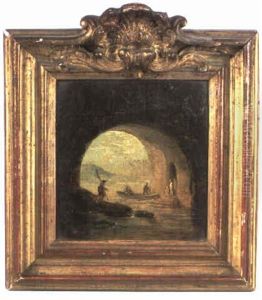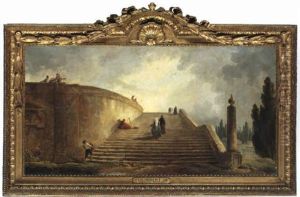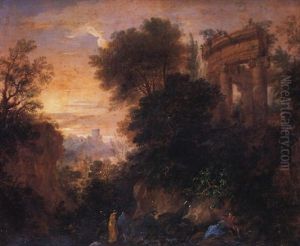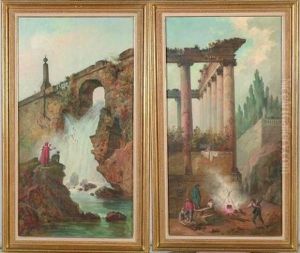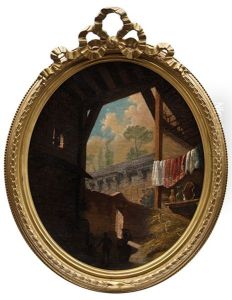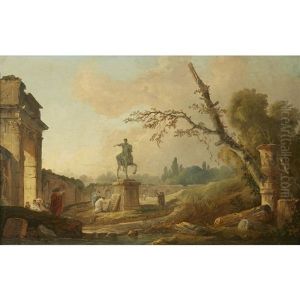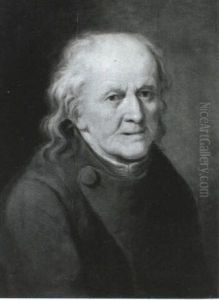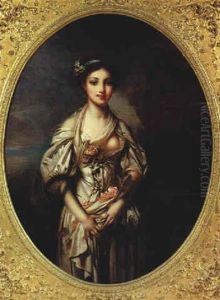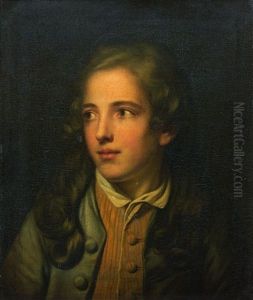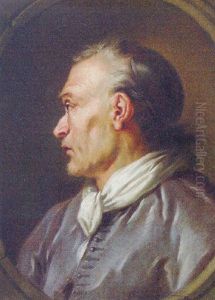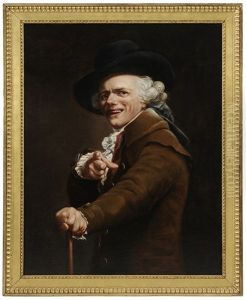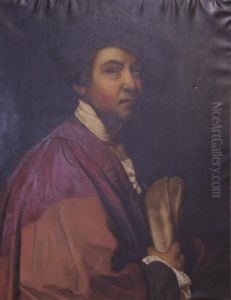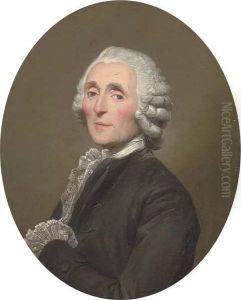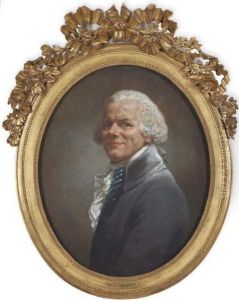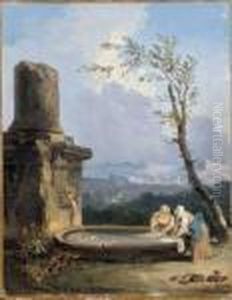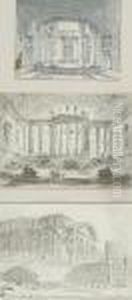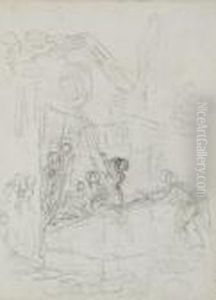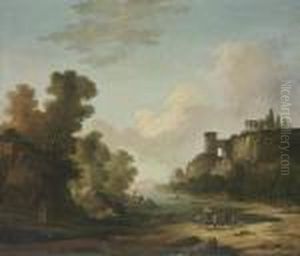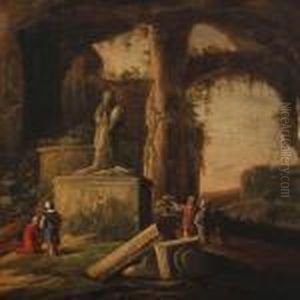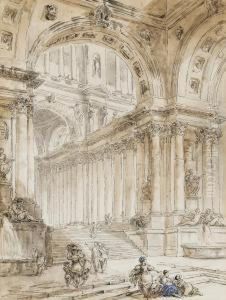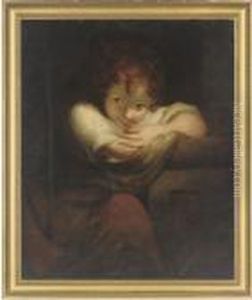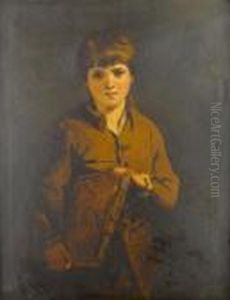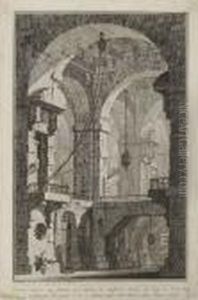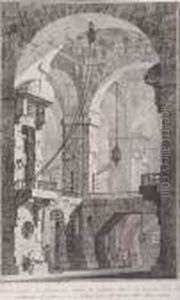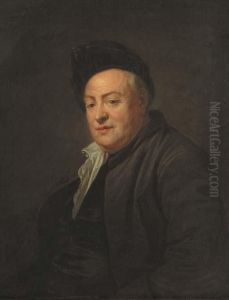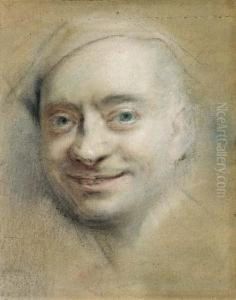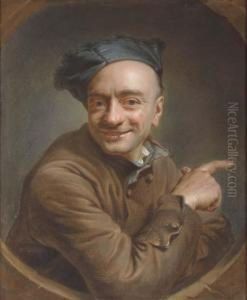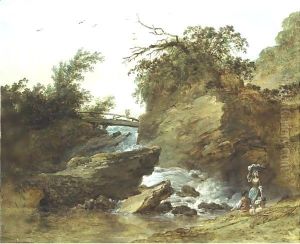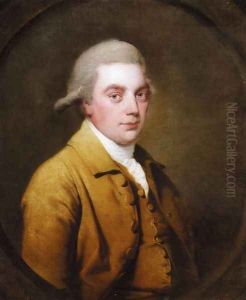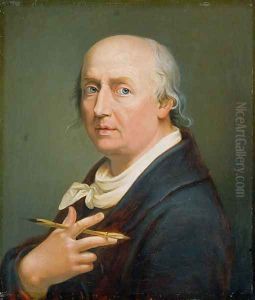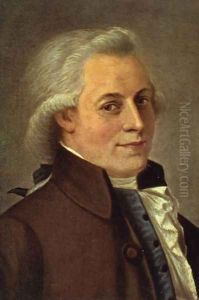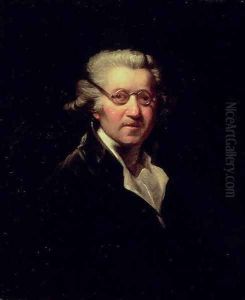Enlightenment Period Paintings
Enlightenment Period Art: A Journey Through Reason and Beauty
Step into the transformative era of the Enlightenment period, a time when reason, science, and individual liberty reshaped Western thought and culture. Spanning roughly the 18th century, this intellectual awakening profoundly influenced artistic expression, moving beyond previous styles to embrace new ideals and reflect the burgeoning spirit of progress and critical inquiry. Art from this pivotal age serves as a visual record of humanity's evolving understanding of itself and the world.
The art of the Enlightenment period is characterized by a fascinating duality in its dominant styles: Rococo and Neoclassicism. The elegant, often playful Rococo style flourished early in the century, with its emphasis on lighthearted themes, pastel colors, and ornate details. Masters like Jean-Honoré Fragonard and Antoine Watteau captured scenes of aristocratic leisure, romantic encounters, and decorative charm, offering a glimpse into a world of refined pleasure and delicate beauty. Conversely, the ideals of classical antiquity and moral virtue gave rise to Neoclassicism. This movement, championed by artists such as Jacques-Louis David, embraced clarity, order, and heroic themes, often drawing inspiration from ancient Greek and Roman history and mythology. Neoclassical works served as a visual embodiment of the Age of Reason, promoting civic duty, rational thought, and a return to classical simplicity.
Beyond these major movements, the Enlightenment also saw a rise in realistic portraiture, capturing the likenesses of the burgeoning middle class and influential intellectual figures. Landscape painting began to explore the sublime and picturesque, while genre scenes offered moralizing tales or glimpses into everyday life. The art of this era was deeply intertwined with the philosophical discourse of thinkers like Voltaire, Rousseau, and Locke, reflecting a burgeoning interest in humanism, scientific discovery, and the pursuit of knowledge. From grand historical canvases to intimate domestic scenes, these artworks often conveyed profound moral lessons, celebrated human achievement, or subtly critiqued societal norms.
The artistic legacy of the Enlightenment period is immense, laying the groundwork for subsequent movements like Romanticism and shaping the visual language of modern Europe. It was an age of profound change, where art served not only as decoration but as a powerful medium for ideas and a reflection of a society in intellectual ferment. We invite you to delve into this rich artistic heritage and appreciate the enduring beauty and intellectual depth of these iconic works, offering a window into the artistic brilliance that defined the Age of Reason.

